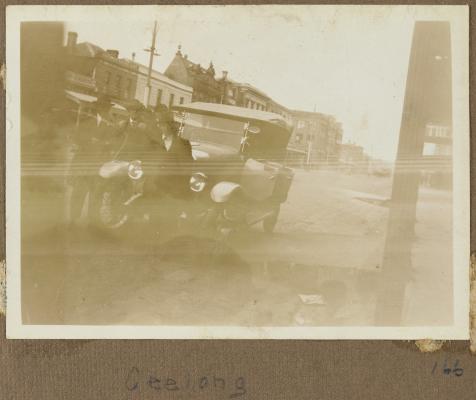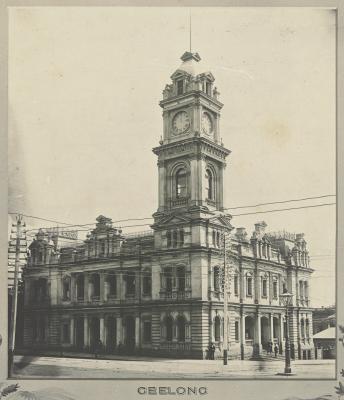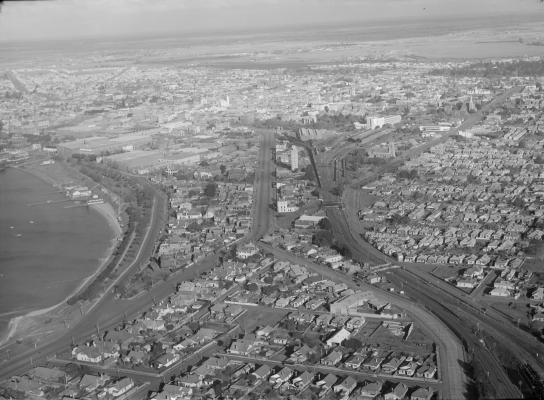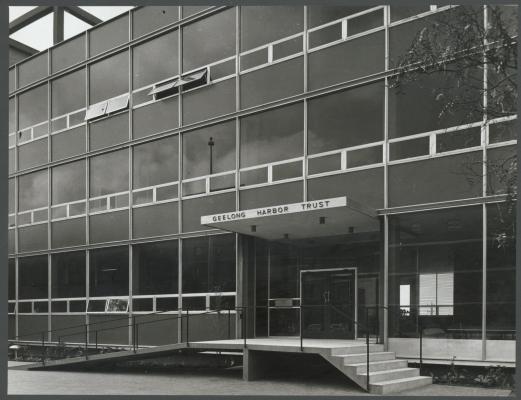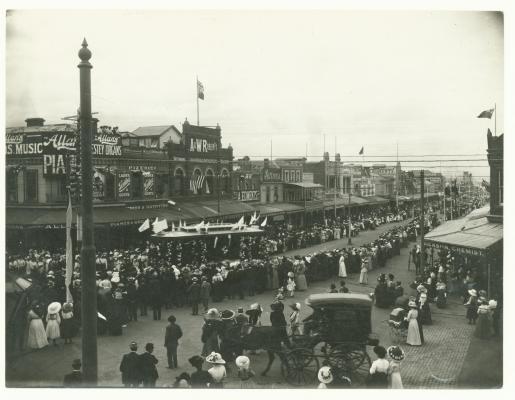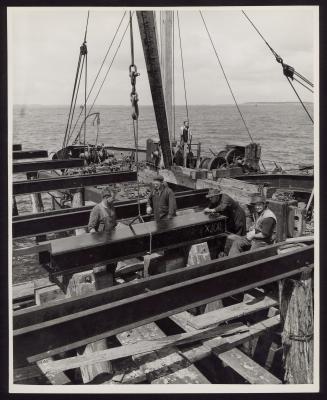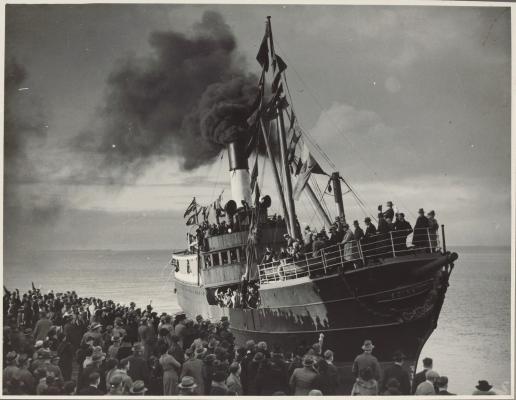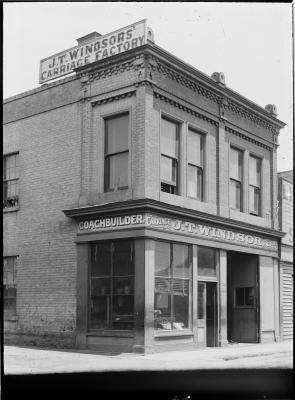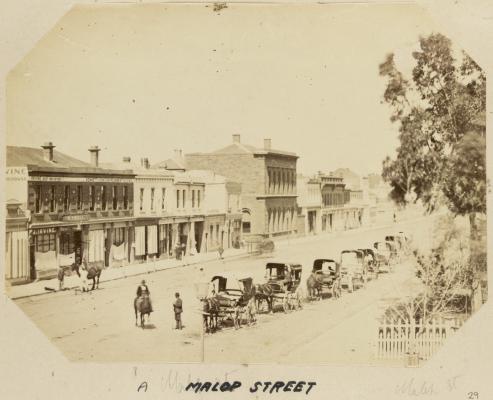Geelong has come a long way since its first post office was opened in June 1840.
After gold was discovered in Ballarat during 1851, Geelong’s population grew to 23,000 residents by the middle of the decade, as the Gold Rush began in earnest.
In 1852, Geelong Hospital opened, and creation of the first shipping channel in Corio Bay started the following year.
In 1855, construction of the Geelong Town Hall commenced; the Geelong-to-Melbourne railway line was built two years later.
The Geelong department store, Bright and Hitchcocks, was established in 1861.
Three years later, HM Prison Geelong opened after being built using convict labour. The prison’s notable inmates included the bushranger Frank McCallum (alias Captain Melville); James Murphy, who killed a police officer at Warrnambool Court House; and Angus Murray, an associate of the gangster Squizzy Taylor. The prison closed in 1991 and is now a museum.
Victoria’s first woollen mill was opened in South Geelong in 1868.
The town of Geelong officially became a city on December 8, 1910.
Electric trams began operating in the city in 1912, and travelled from the city’s centre to the suburbs until 1956.
Throughout the 1920s, Geelong’s industrial sector took off, in the form of woollen mills, the Ford Motor Company’s plant in Norlane and the Corio whisky distillery.
The Great Ocean Road was opened in 1932. Two years later, the T & G Building opened on the corner of Ryrie and Moorabool streets.
By 1936, Geelong had displaced Ballarat as Victoria’s second-largest city.
On the eve of World War II, the International Harvester works were opened beside Ford at North Shore and the Shell Australia oil refinery was established.
Geelong’s first parking meters were installed in 1961.
The city’s first supermarket, operated by Woolworths, opened in 1965.

